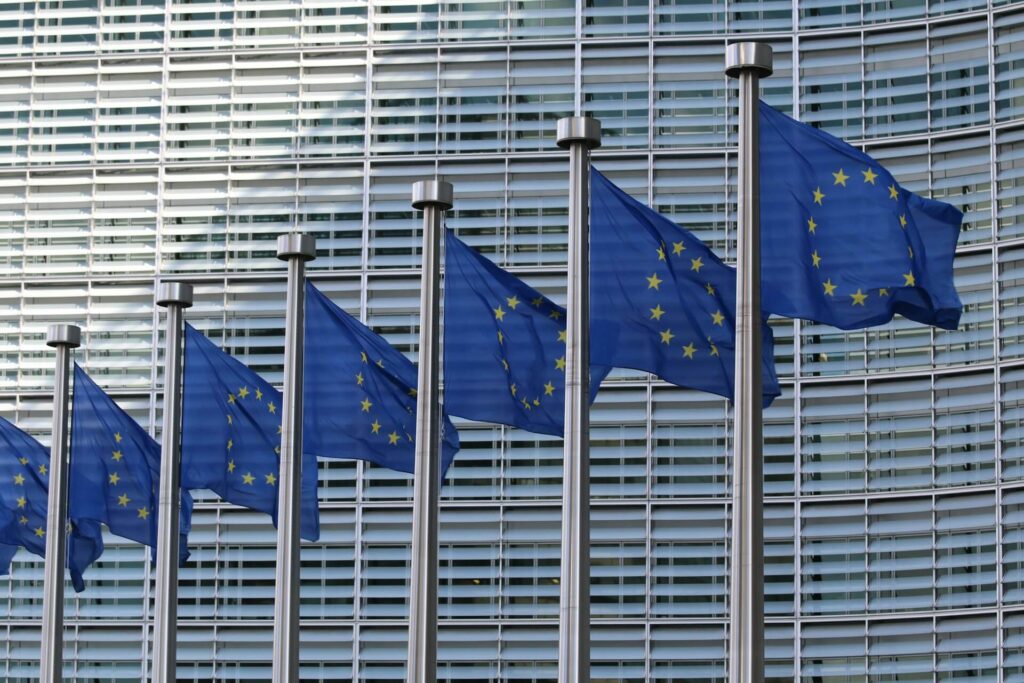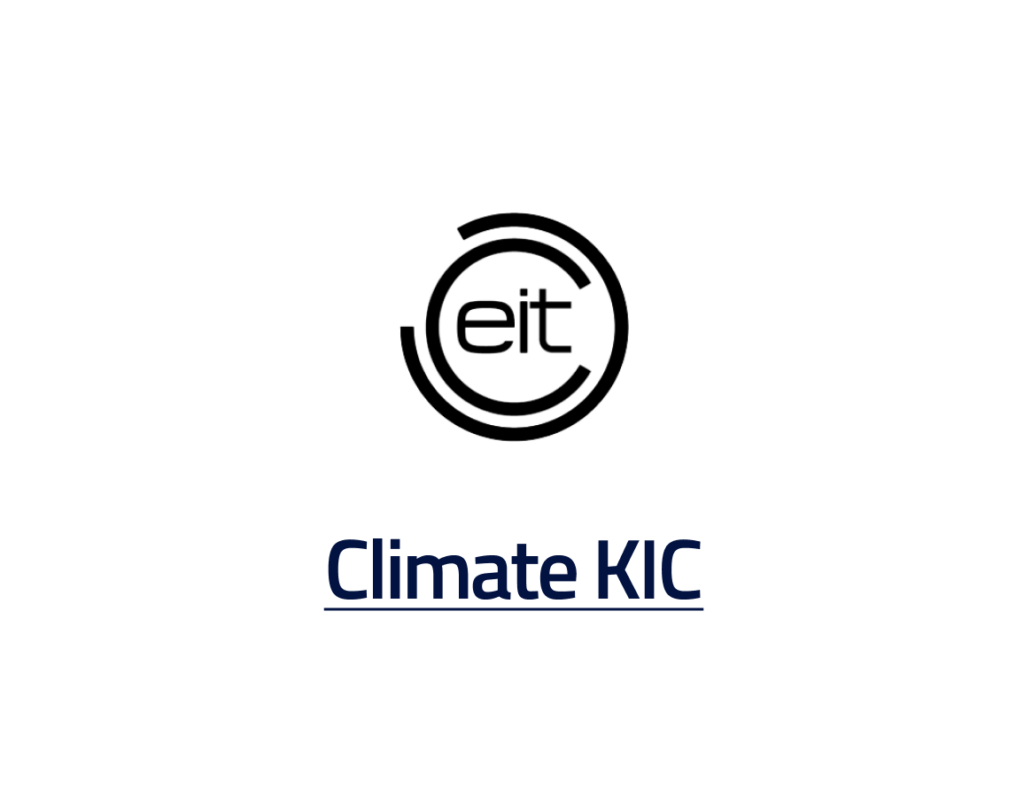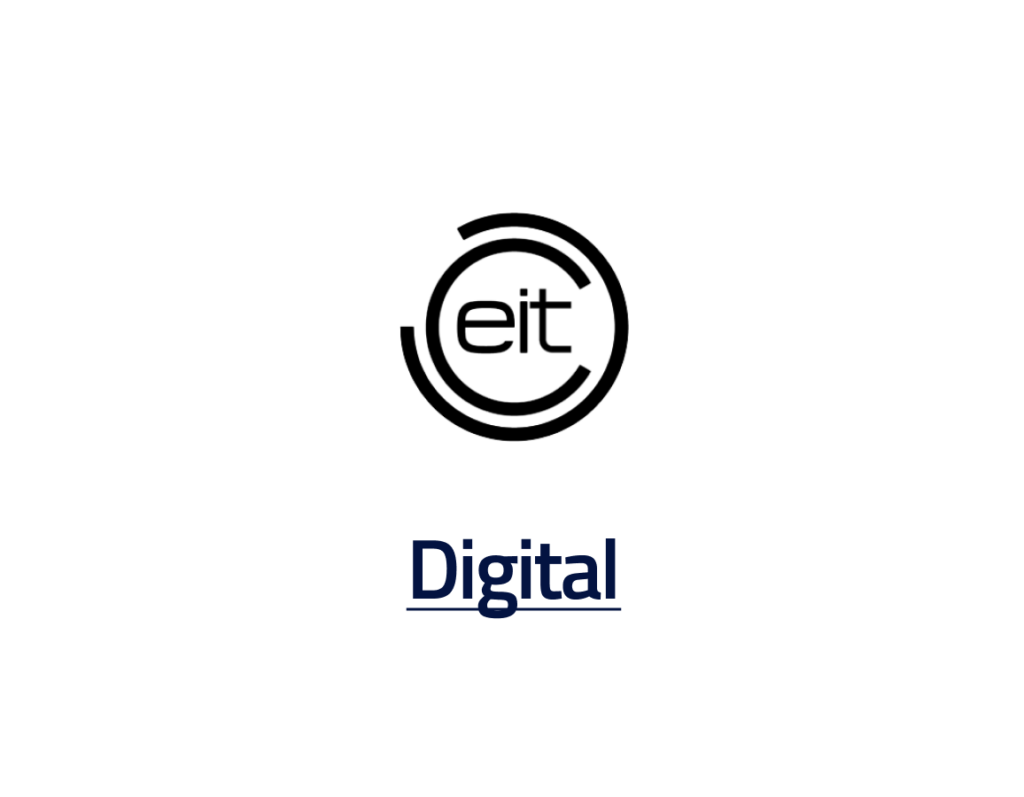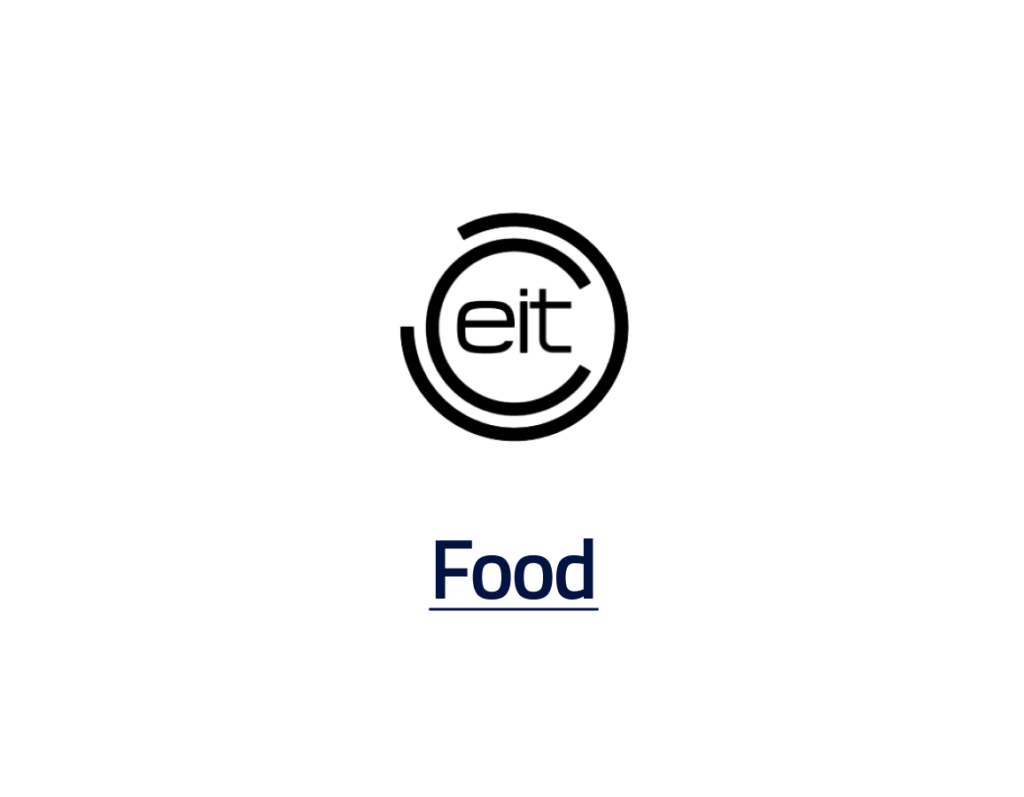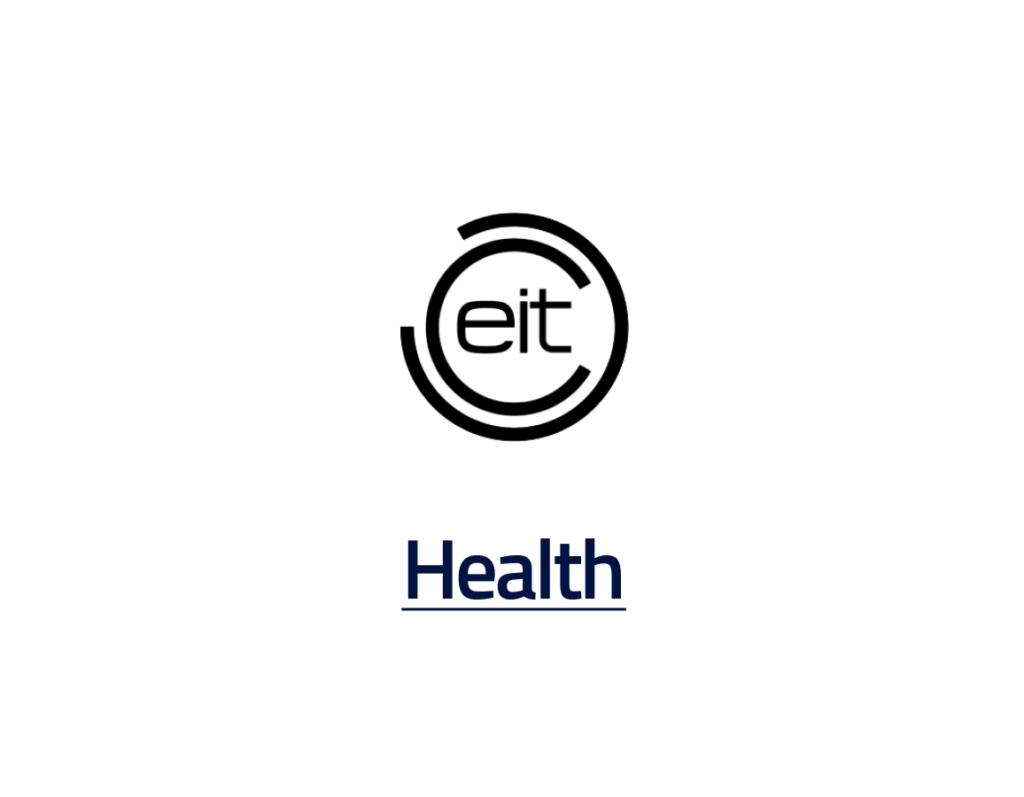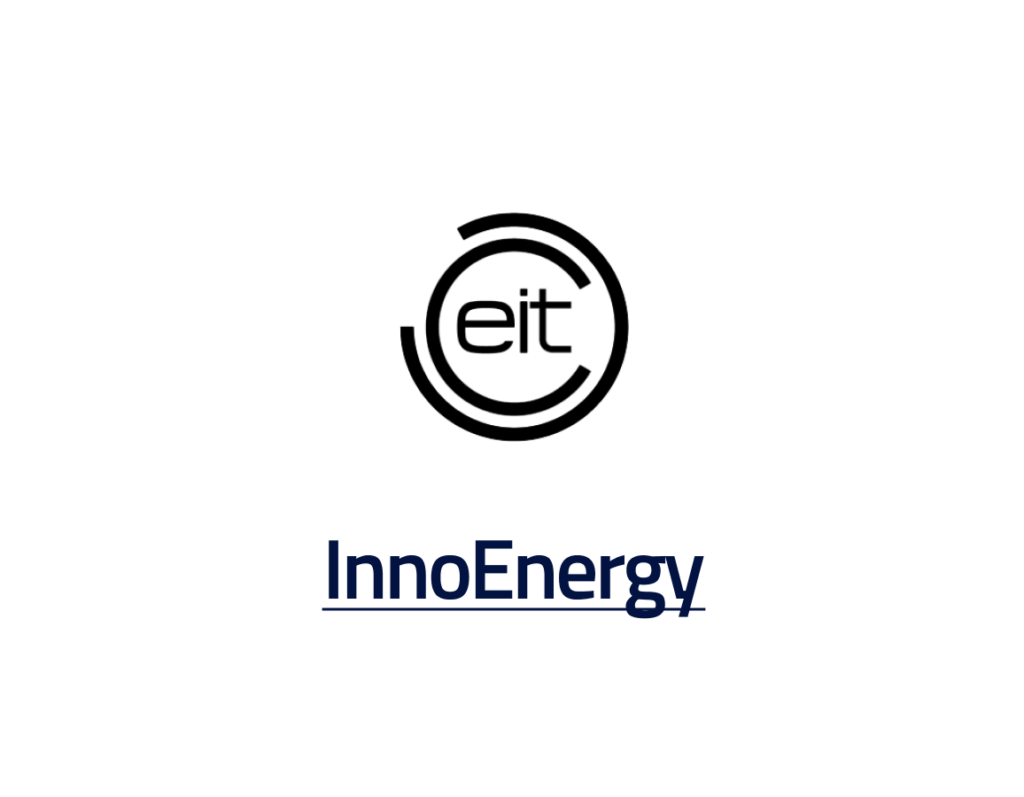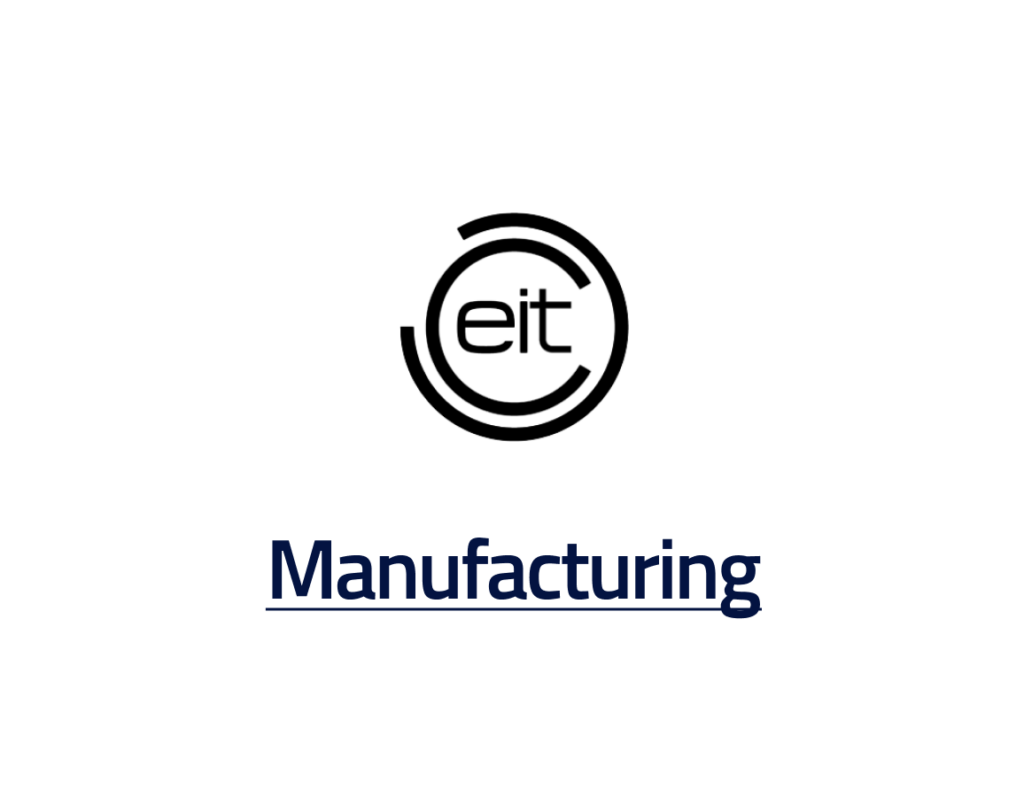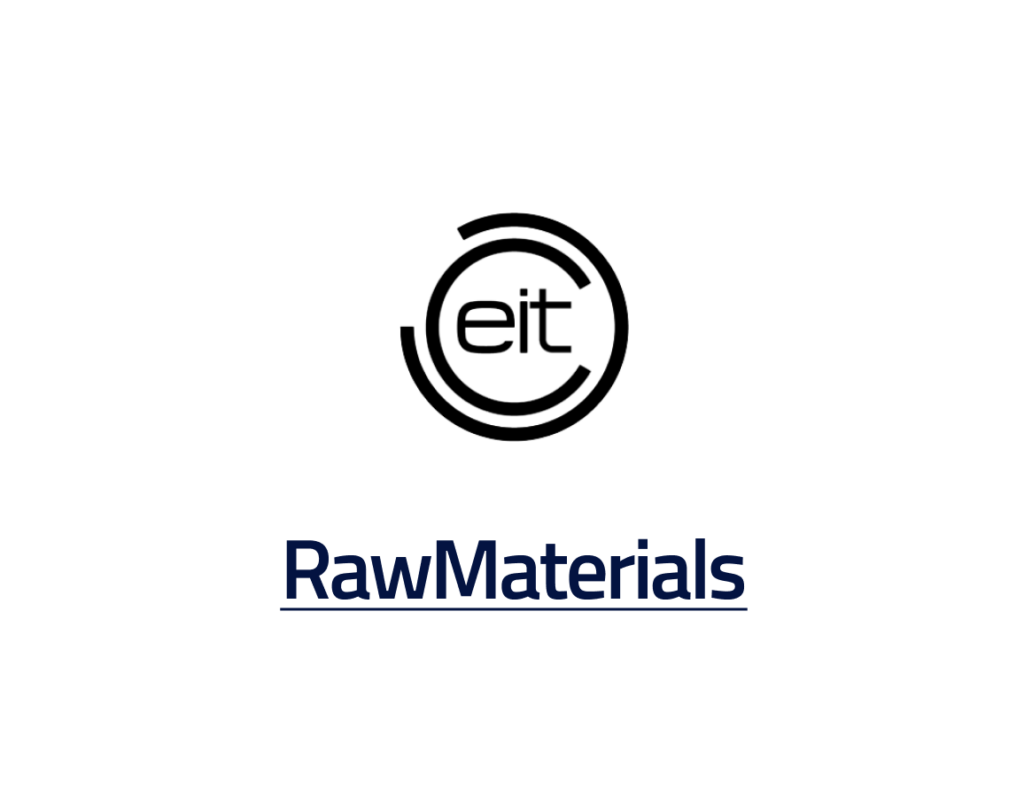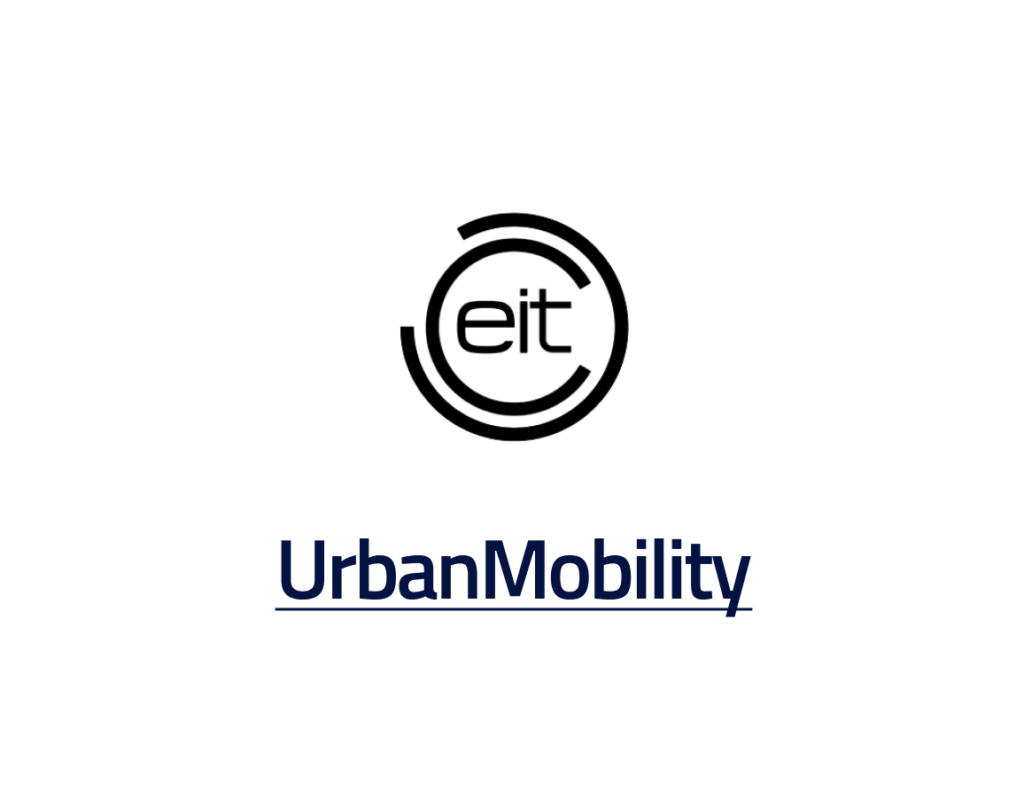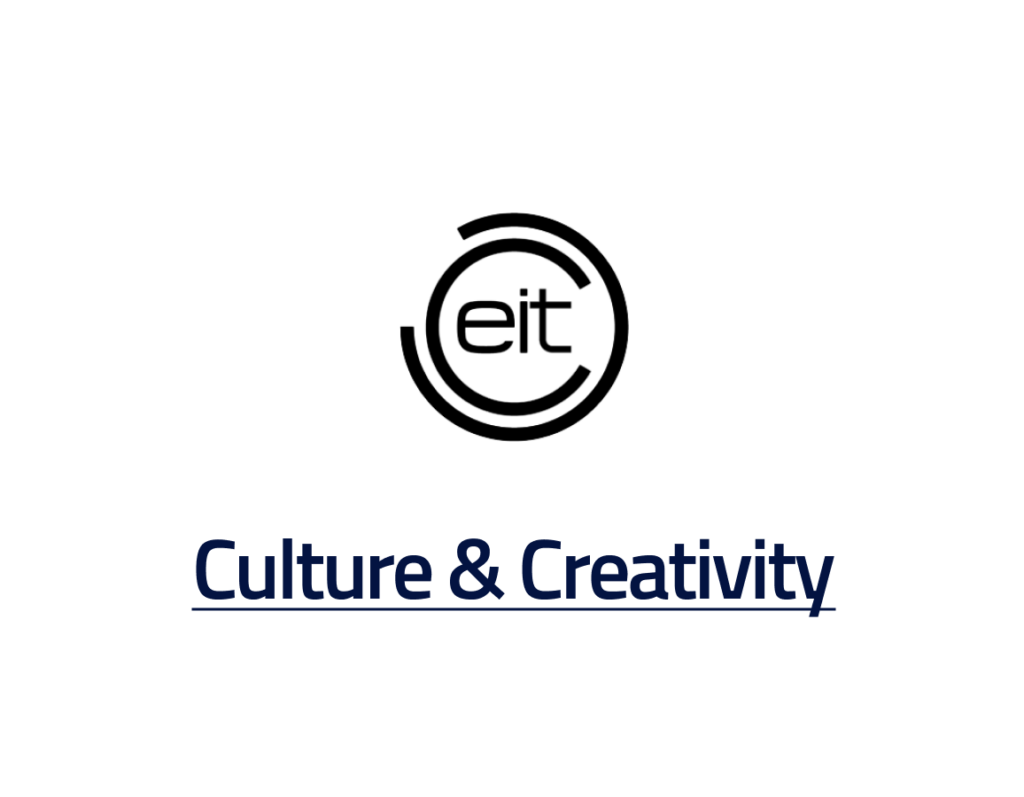EIT Regional Innovation Scheme
Building innovation capacity across Europe by connecting innovators and reducing regional disparities through the EIT Regional Innovation Scheme
What is EIT Regional Innovation Scheme (RIS)?
The EIT launched the EIT Regional Innovation Scheme (EIT RIS) in 2014 as its main tool for reducing Europe’s regional innovation disparities. It helps innovators from eligible countries access EIT activities, creates links among regional innovation actors, and offers tailor-made programmes to support moderate and emerging innovating countries, as well as the EU’s Outermost Regions, in building their innovation capacity.
The EIT RIS has established a dense and resilient network of people and organisations, supported by the EIT’s nine Knowledge and Innovation Communities (KICs): EIT Climate-KIC, EIT Digital, EIT InnoEnergy, EIT Health, EIT RawMaterials, EIT Food, EIT Manufacturing, EIT Urban Mobility, and EIT Culture & Creativity.
EIT RIS goals
The EIT RIS works to boost the innovation capabilities of the targeted regions by building the capacity of local actors, such as businesses, start-ups, incubators, research institutions, and educational bodies.
Key objectives for the 2021-2027 period include:
- Strengthening local innovation ecosystems through capacity-building and fostering stronger connections between local and European actors.
- Attracting new partners to the KICs, integrating them into pan-European networks through initiatives such as Co-Location Centres (CLCs) and EIT RIS Hubs.
- Securing additional private and public funding, with a focus on European Structural and Investment Funds (ESIF).
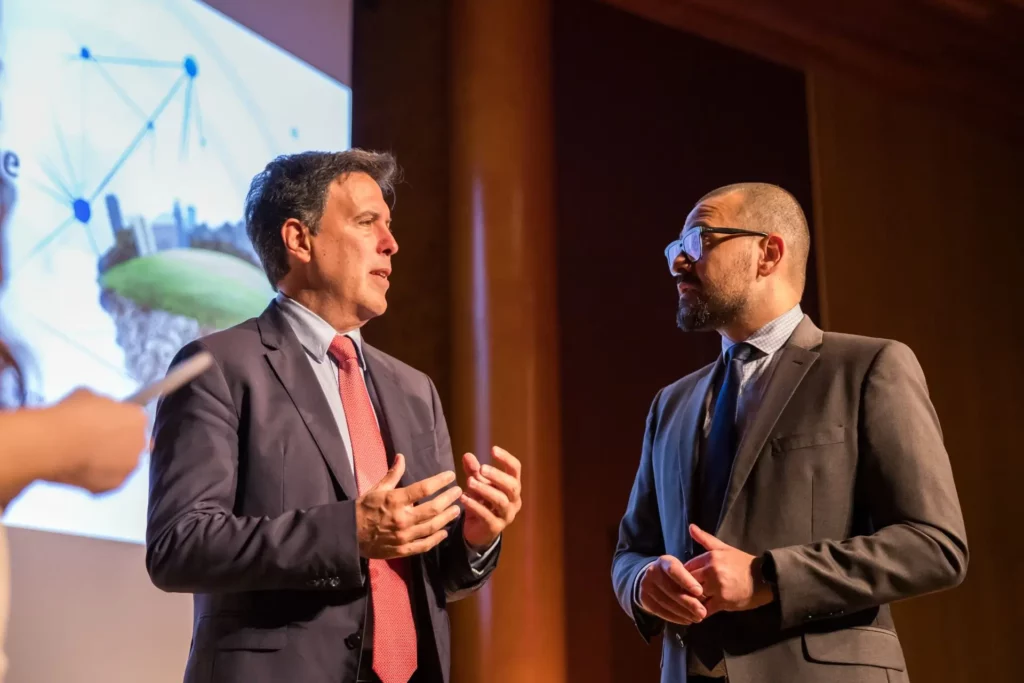
How EIT RIS works
Each KIC has the flexibility to shape its RIS activities according to its own strategy and priorities.
The RIS approach involves partnering with local organisations to act as EIT RIS Hubs, which increase visibility, promote cooperation, and attract participants from education, business, and research sectors.
These hubs also collaborate with local authorities to share knowledge and integrate new participants into KIC activities.
Countries eligible to take part in the EIT Regional Innovation Scheme (2021-2024)
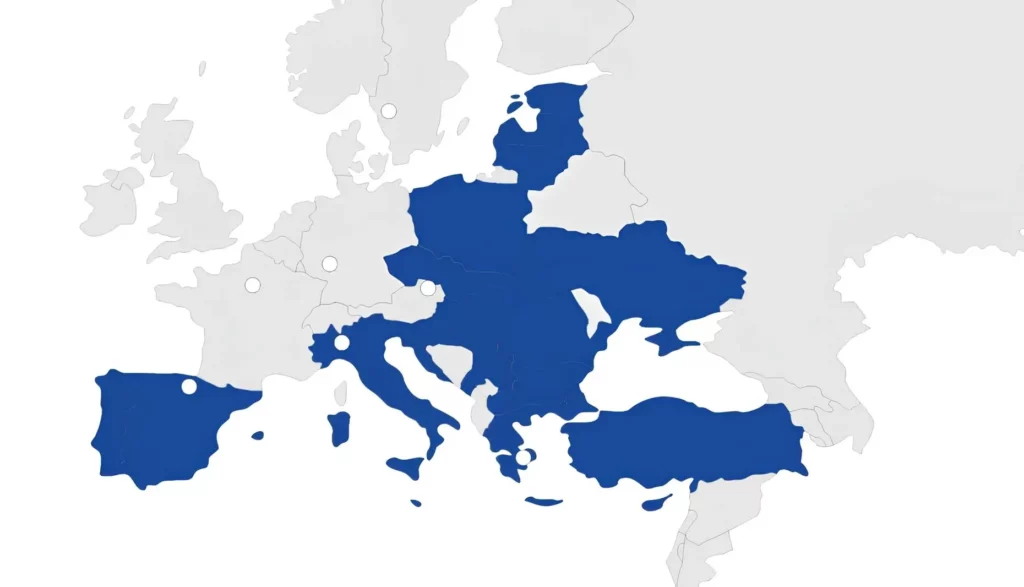
- EU Member States:
Bulgaria, Croatia, Cyprus, Czechia, Estonia, Greece, Hungary, Italy, Latvia, Lithuania, Malta, Poland, Portugal, Romania, Slovakia, Slovenia, Spain. - Outermost Regions:
Guadeloupe, French Guiana, Réunion, Martinique, Mayotte and Saint-Martin (France), the Azores and Madeira (Portugal), and the Canary Islands (Spain). - Horizon Europe Associated Countries:
Montenegro, North Macedonia, Serbia, Turkey, Ukraine, Albania, Bosnia and Herzegovina, and Israel.*These third countries, all listed in the European Innovation Scoreboard, will be fully eligible for the EIT RIS, following the successful conclusion of individual Horizon Europe Association Agreements.
Impact in the EIT RIS-eligible countries and territories
Eligibility for EIT RIS
Any entity from the EIT RIS-eligible country or region can participate in our activities.
Through the EIT RIS, each EIT Knowledge and Innovation Community (EIT KIC) will engage with local innovators – individuals such as students, researchers, entrepreneurs, or organisations such as universities, research labs, NGOs, SMEs, cities, and regions. The EIT KICs involve local players in education, business creation and acceleration activities, as well as innovation-driven research.

How is the EIT RIS funded?
The EIT budget devoted to implementing EIT RIS activities in the 2021-2027 period will be at least 10% and a maximum of 15% of the overall EIT funding for existing and new KICs.
The EIT grants funds to each EIT KIC for EIT RIS implementation. Each EIT KIC uses these funds in line with its strategy and designs its activities accordingly.
Activities under EIT RIS aim to attract and facilitate the integration of potential new partners into the EIT KICs, as well as link local innovation ecosystems to pan-European innovation ecosystems.
